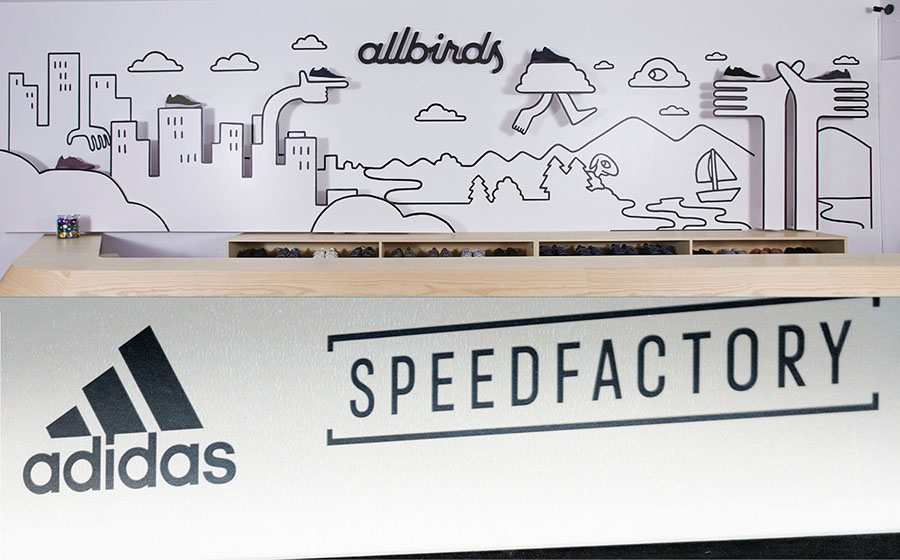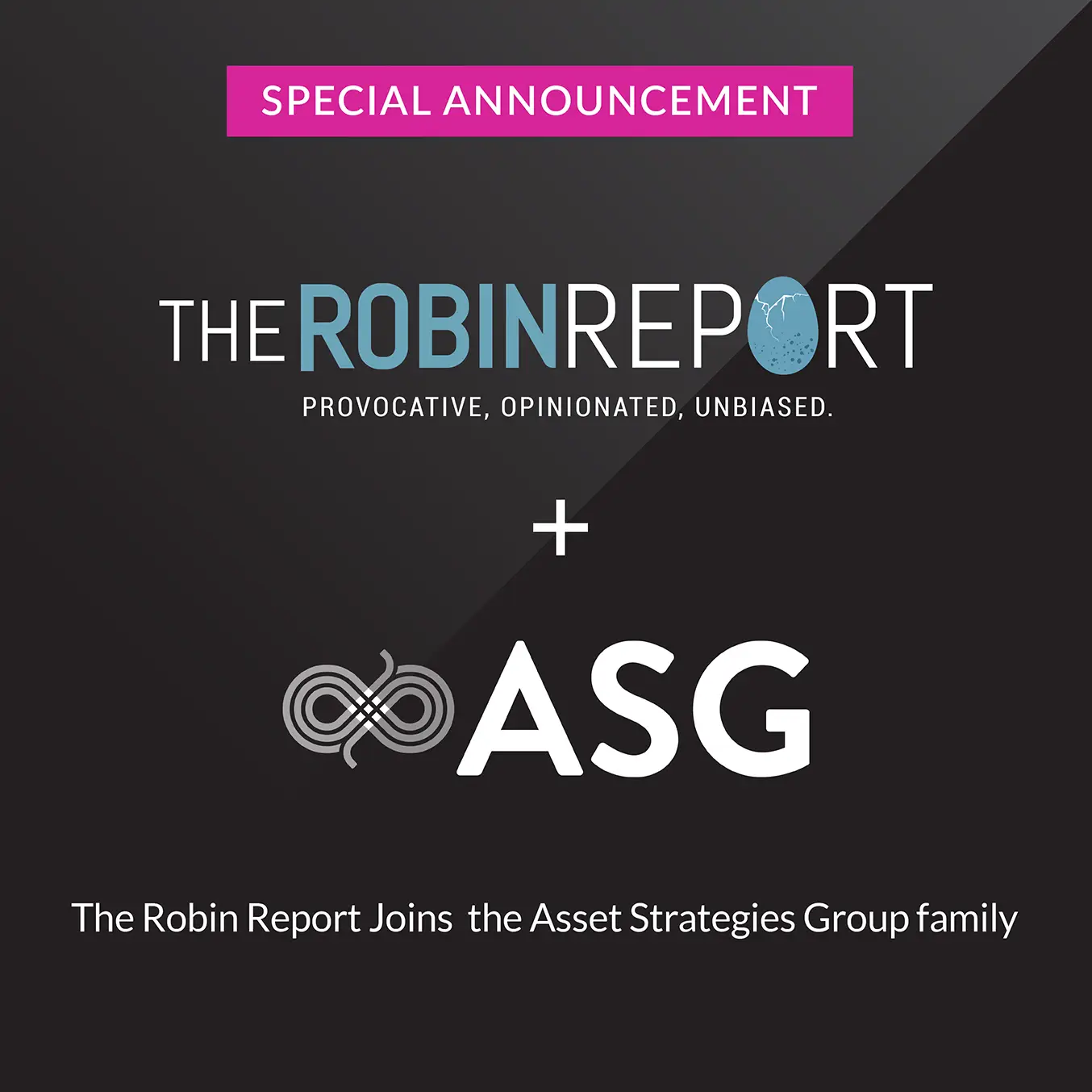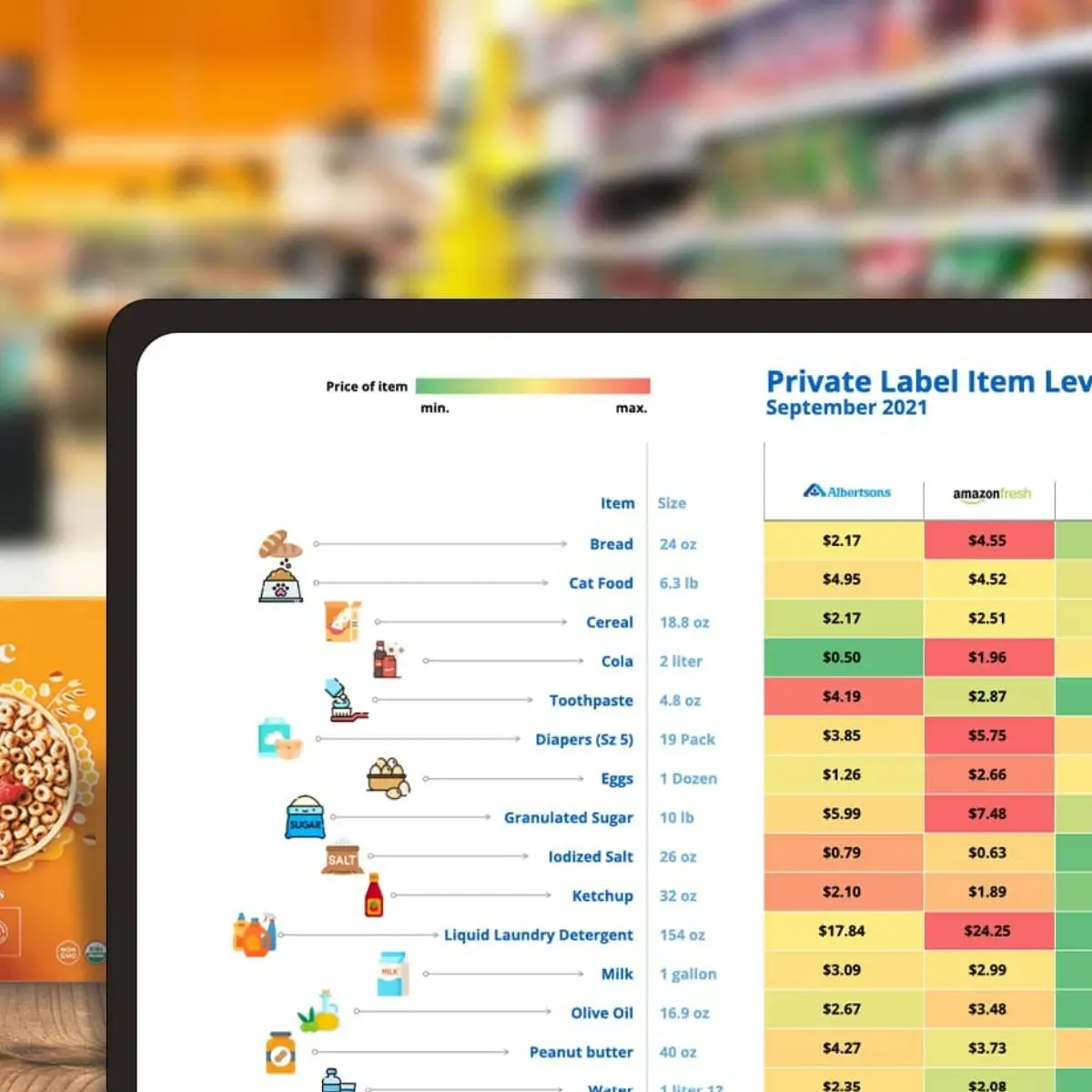As retail continues its renaissance, leading brands are continuing to innovate around their consumer experiences – opening new types of physical stores, experimenting with new online capabilities, collaborating with nontraditional partners and doing so all at a rapid speed. This is especially true with fast growing, new brands who have largely established themselves through online and social channels, leveraging a highly differentiated experience to draw passionate fans to new locations. For example, online pioneer Allbirds is investing dramatically in physical stores – including a large flagship in New York City and additional investments in San Francisco and Boston with a focus on continued expansion internationally.
For Allbirds, it\’s a continued focus on a unique and exceptional customer experience, as they use physical interactions, the design and style of the stores, and in-store innovations to reinforce the bond with their consumer. Other fast-growing online brands are doing the same. Additionally, we see the reverse: traditional \”offline only\” brands, (across Consumer Products, Wholesale, and Retail) are dramatically investing in their online presence – and focusing on marrying the physical and digital experiences in unique ways to better serve their consumers and maintain control of their brand promise.
While each of these strategies differ, every player that is successful has at least one thing in common: a digital core that allows them to act fast and nimbly. By having this Intelligent Enterprise, they have the ability to identify, tap into and execute innovation, serving their consumers more effectively than their competition. This innovation, powered by a combination of data, insight, and technology, helps them improve the consumer experience and achieve new heights of success.
D2C Goes Brick and Mortar
Much has been made of store closures over the past few years. However, new and non-traditional retail brands have stepped up to fill the gap. Walking through almost any mall, you can see this Darwinian shift happening in real time, and for good reason. As Warby Parker\’s co-founder said it best in an interview with The Wall Street Journal: \”I don\’t think retail is dead. Mediocre retail experiences are dead.\”
Additionally, leading brands continue to invest in more experiences in highly visible locations – to reinforce consumer experience and their brand promise. Foot Locker\’s recent investment in a massive Time Square Flagship is yet another example.
Ultimately, each example shows that these brands have found immense success as they are nimble enough to adapt with consumer wants and needs to provide the most holistic customer experience they can.
Traditional Retail Comes Alive Online
This is an area that seems to be defining the story for many retailers. While the companies previously mentioned were created with a digital core enabling them to center their brands around customer experience, traditional retailers often have to go through digital transformation in order to compete more effectively.
Retailers that caught on quickly and established not only an online presence, but an omnichannel experience – such as Target – have fared far better than those that perhaps resisted digital transformation. There\’s no surprise here, but it\’s still worth pointing out that retailers are finding innovation in both their online channels and in-store interactions, even if they started out as a traditional brick-and-mortar shop.
Manufacturers and Wholesalers Invest in D2C
To remove barriers and ensure control of their brand perception and experiences without third-party influence, suppliers are investing in direct relationships. This has been an ongoing trend that we\’re seeing more of today thanks to marketplaces like Amazon allowing manufacturers and wholesalers to have a direct connection with consumers.
Some larger brands have been successful making that connection on their own with personalization and innovation built in, like Adidas. The powerhouse has layered machine learning on top of supply chain systems to create \”speed factories\” that deliver personalized shoes. The time it takes Adidas to turn trends into shoes has been reduced from a typical 18-month time frame down to days. This is achievable due to the company\’s ability to run as an
intelligent enterprise, which is a vision for what leading brands should aspire to: a modern end-to-end infrastructure across all lines of business with the ability to develop, test, pilot and roll out innovations fast and effectively to the benefit of consumers.
Innovation Is in Every Direction
No matter where a brand lies in the value chain, and how consumers interact with them – retailer (online and brick and mortar), wholesaler or supplier – innovation centered around building the ultimate customer experience is the cost of entry in retail\’s new normal. The brands that are putting data and technology at the very center of their future can leverage intelligent insights to take real-time action and stay ahead of the competition. In today\’s landscape, it is better to control your own destiny by innovating and making changes while you can rather than when you have to. Only in this manner, can you make the news instead of being the news – and build insanely loyal, passionate fans of your brand at the same time.




